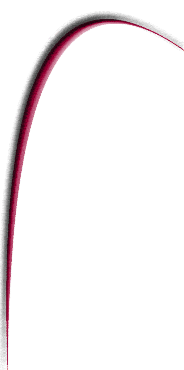

 |
 |
|
|
SCOTTISH ENSEMBLE/ Jonathan Morton violin Schubert (arr. Mahler) Death and the Maiden LONDON SINFONIETTA: A PRESENCE OF DEPARTED ACTS London Sinfonietta 30 June 2011 - 1 July 2011 - 7:30pm / Kings Place Hall One, London These two concerts curated by John Woolrich illustrated his position as something of an outsider amongst British composers. That is well described in an excellent article in The Guardian: "John Woolrich doesn't, you suspect, see himself as part of the UK's contemporary-music world. And yet if there is such a thing as a new-music establishment, he ought to be part of its very fabric - - :When I'm composing, I don't think of myself as part of the world of contemporary music," he says. "I listen to lots of new work, on CD and in concerts, but I don't put myself consciously into musical history – as composers of the Boulez generation sometimes do". Our most vivid experience and memory of John Woolrich's larger scale music remains that for the wonderful 'theatre of masks' Trestle Theatre Company, currently active in the Edinburgh Fringe Festival. Woolrich's score for their Bitter Fruit "a silent opera" (South Bank Centre 2000, BMG/Valade) should not have been allowed to disappear; there is Suite available for chamber ensemble. Woolrich's music often displays a certain reticence and spareness in much of his instrumentation. In the first of the two concerts we covered at Kings Place, Ulysses Awakes was a transcription of Monterverdi with viola solo. His suite of Hugo Wolf songs, arranged for string orchestra without voice, were lush and absorbing to hear first time, but perhaps unmemorably. His choice was of slow songs from the Italian Songbook, brief each one and too the set as a whole. (They can be heard on a YouTube Scottish Ensemble promotional video, but with voice over relegated to background music) Capriccio is really a quite substantial violin concerto, one which keeps you guessing as it proceeds. I had thought the acoustics ideal in the first part of the programme, full yet intimate - appropriately so for a soirée attended by a small number of Woolrich enthusiasts. But at the end of the interval we had a rare sight; the acoustic curtains being swept away ! This was a disastrous mistake, Mahler's over-the-top arrangement of Schubert's string quartet sounding brash an far too noisy; in Mahler's time, the violins did not have steel E strings ! Quite horrible... The second concert had the curtains still away, but this was not inappropriate, because 'London Sinfonietta" turned out to be jufor us st four freelance players who often participate in their orchestral concerts... They played in ones, twos & threes, the full quartet reserved until Woolrich's compelling A Presence of Departed Acts, built from "eleven clangorous piano chords", its rigorous construction easy for the ear to follow, in contrast with his austere piano trio which had begun the evening. Shiva Feshareki's little solo clarinet piece with a long title introduced a keen and Soon after the receipt of her unique portrait CD, it was Tansy's Tymbal Organ * which especially drew me to this concert; its title had suggested to her all manner of percussive playing techniques to treat the string instruments and their bows as a whole, deployed in a lighter manner than Lachenmann's rigorous extension of playing modes for all instruments. An entertaining piece, which held the attention firmly, very visual as well as something to stimulate thnking and listening. Tansy Davies should consider having it put onto YouTube to represent herself, where it should attract and intrigue viewers of all musical persuasions. This was a London Transport disaster day (they aren't rare) and, having an eye on the clock, I absented myself from yet another hearing of the Quartet for the End of Time... Peter Grahame Woolf *A drum-like organ on a cicada's body which is vibrated to produce a very loud sound. Cicadas have two tymbal organs, one on each side of their body.
John Woolrich photo: Maurice Foxall |